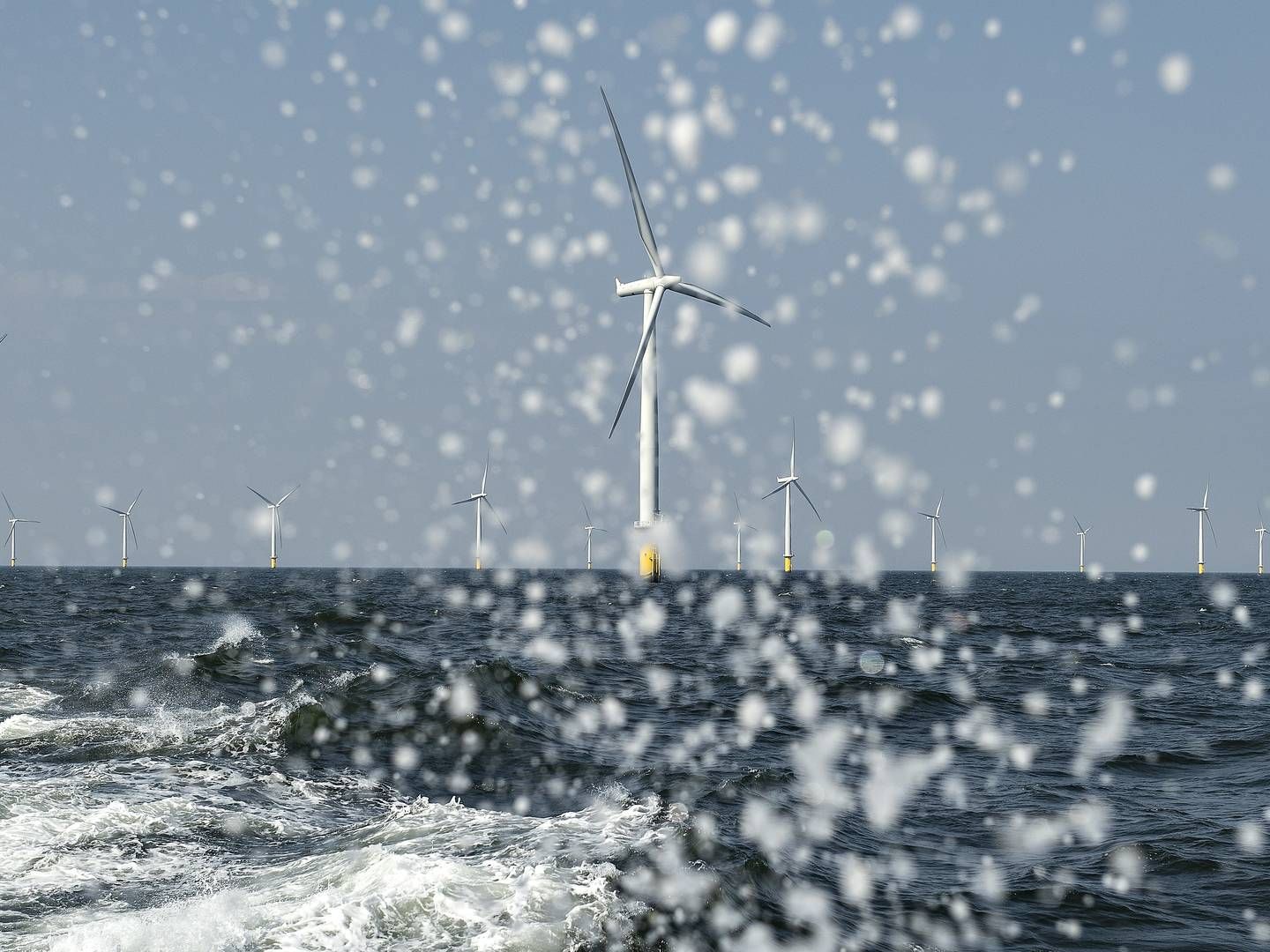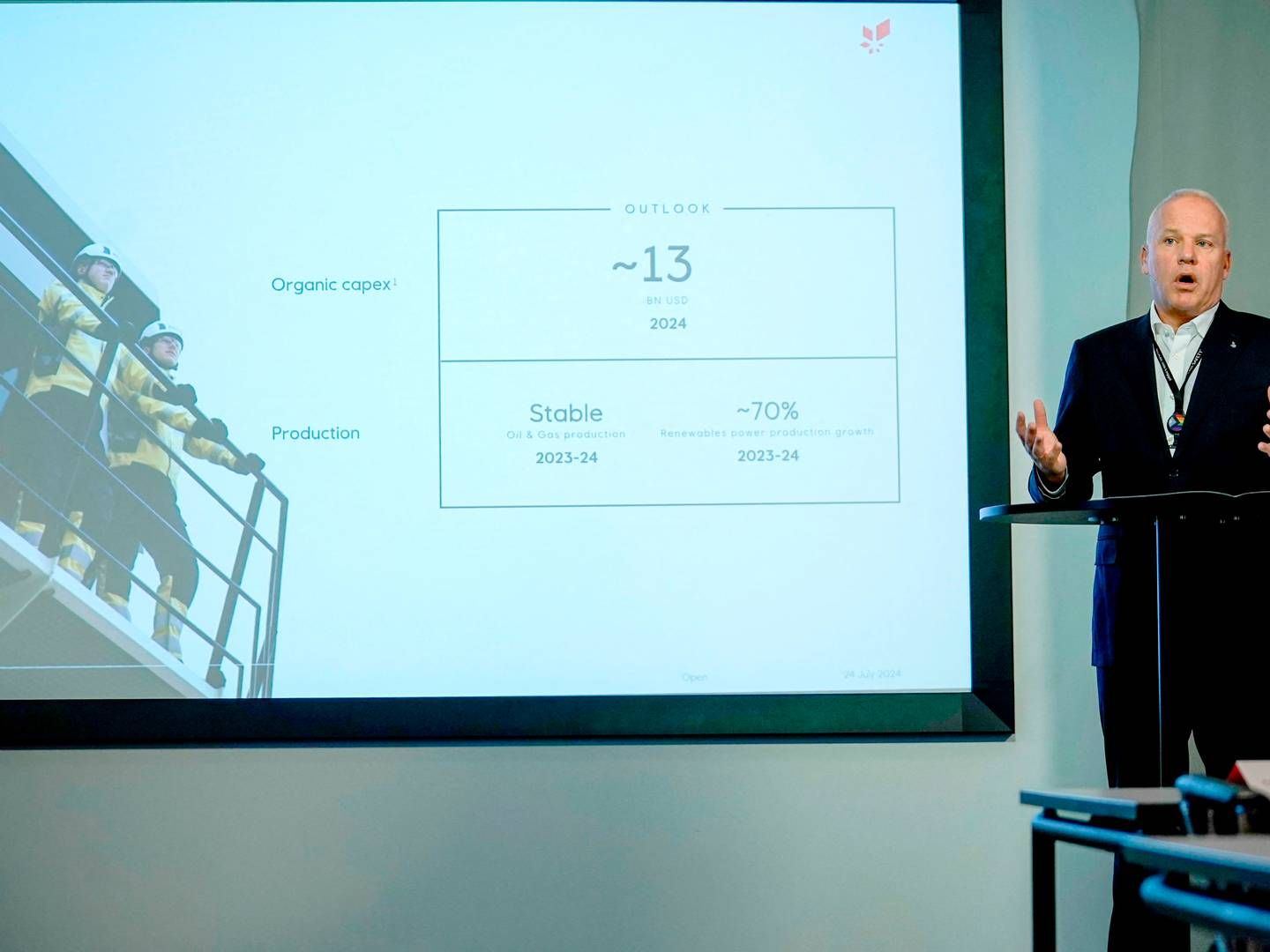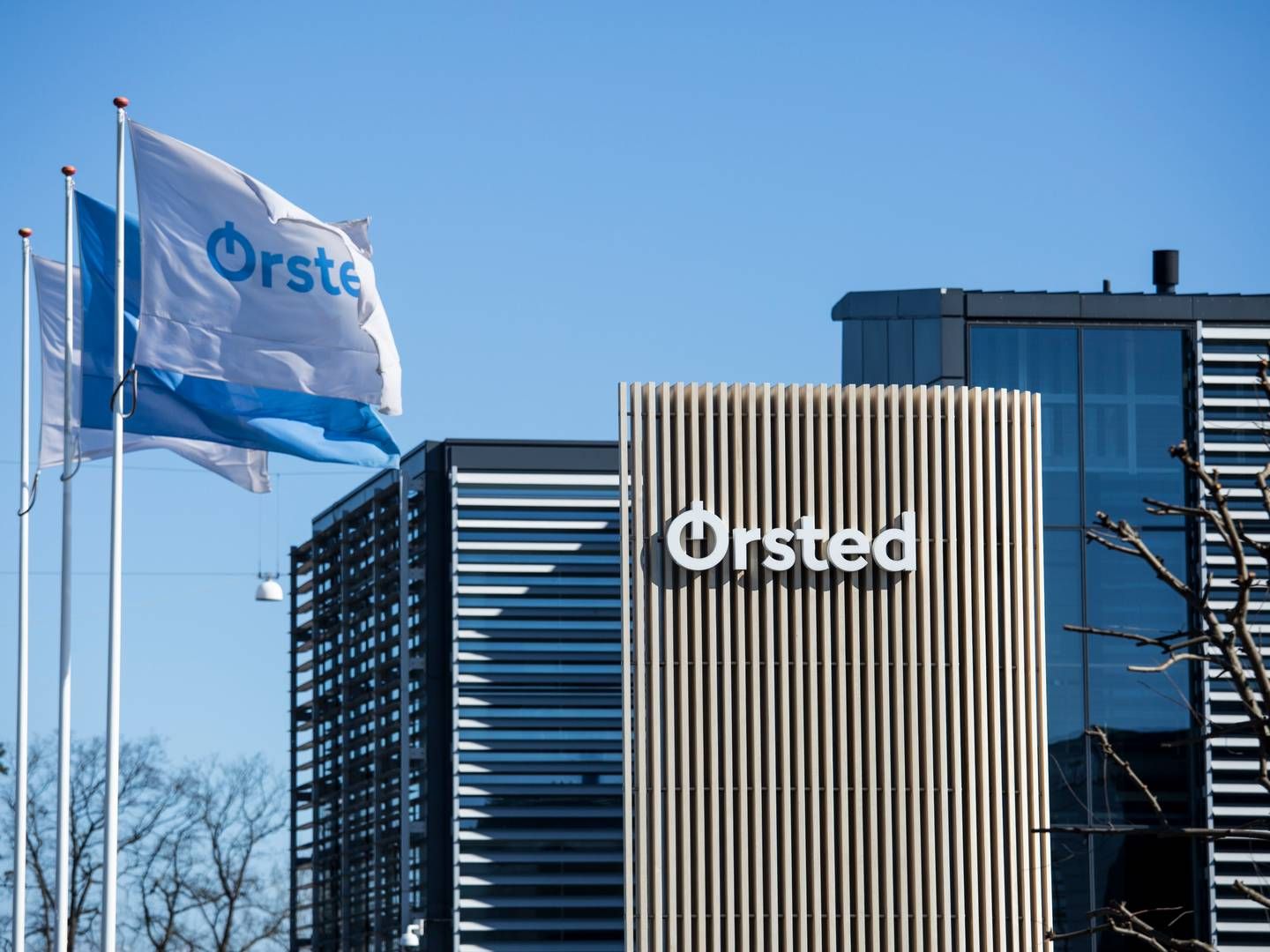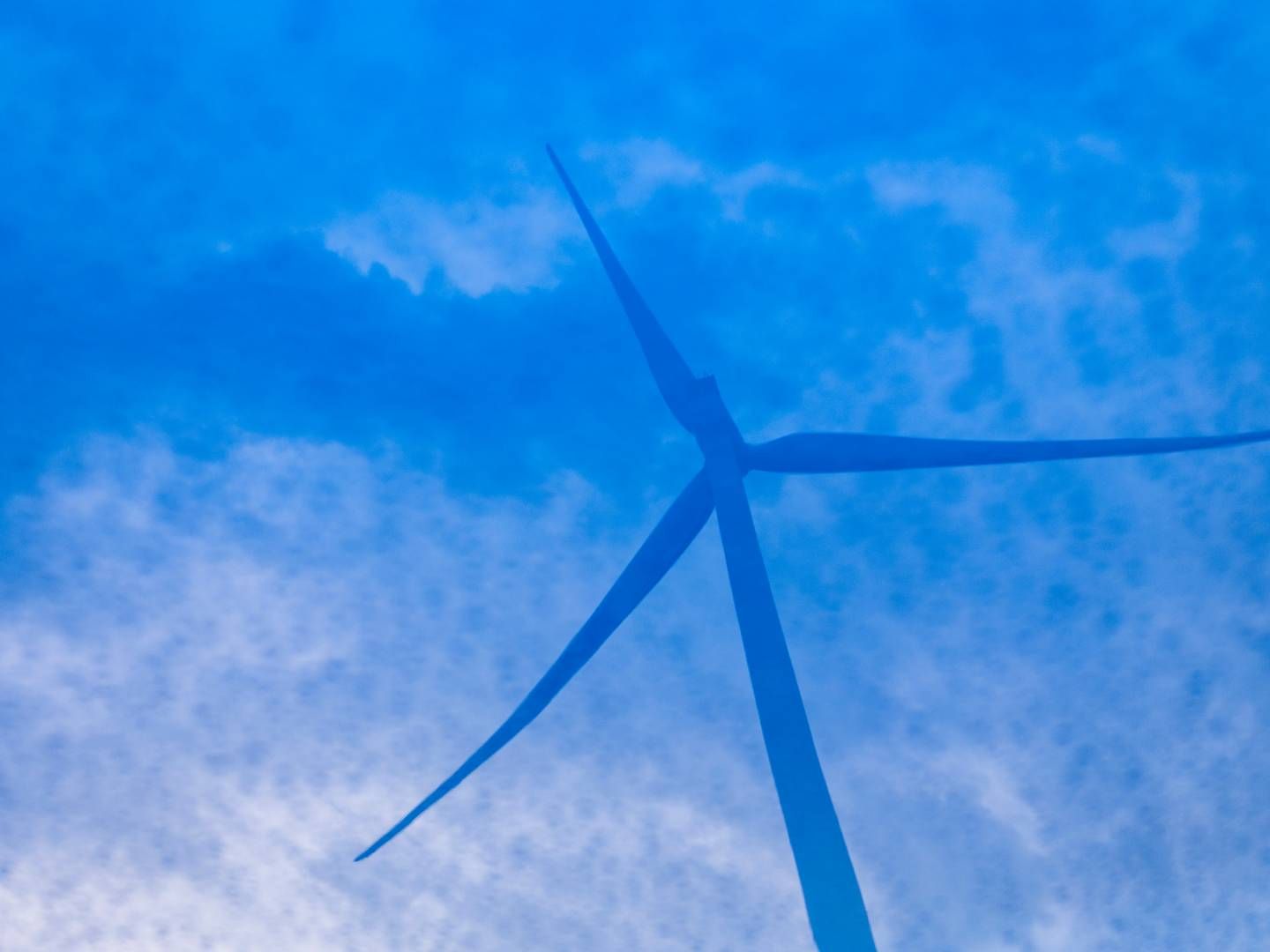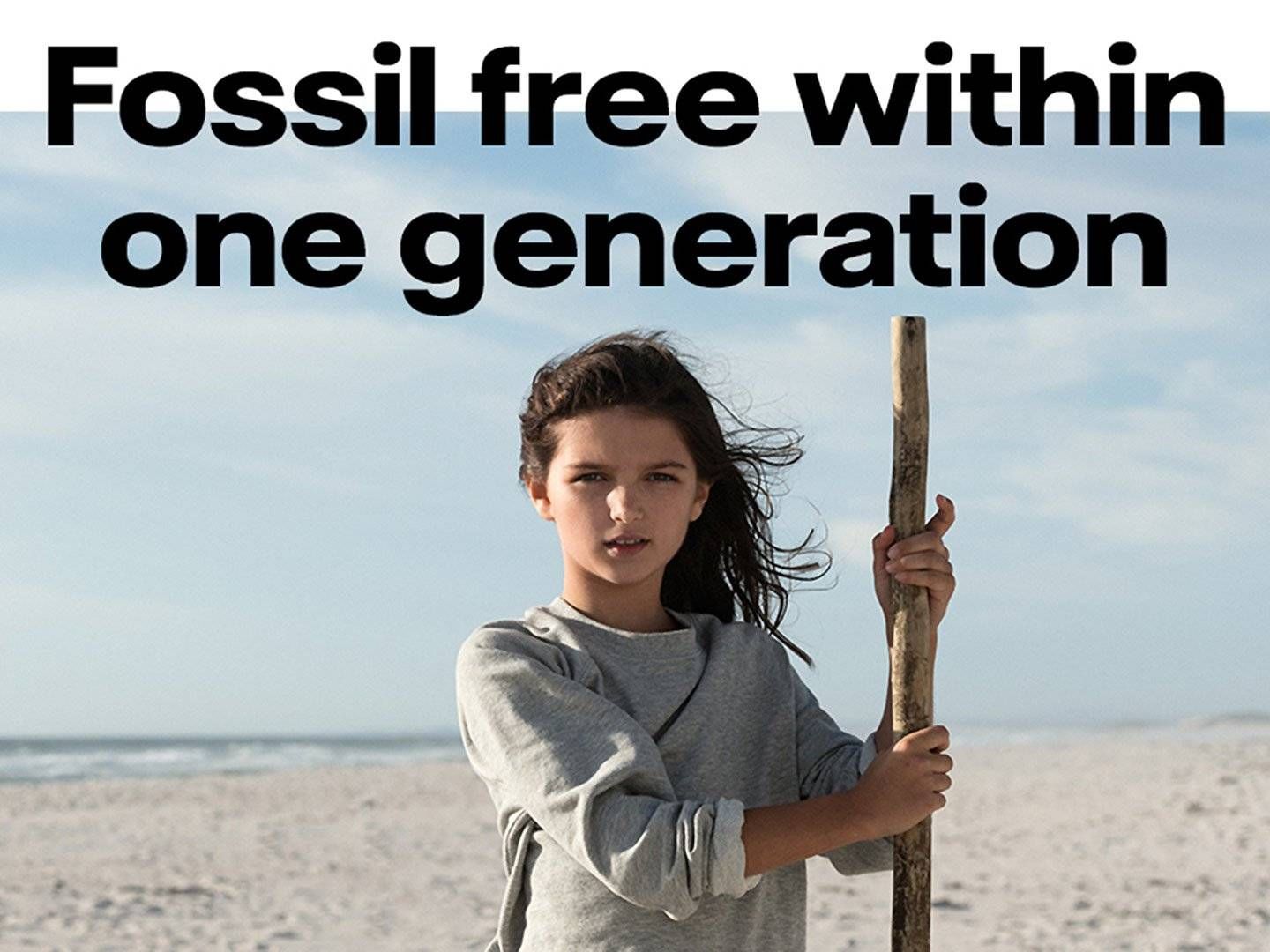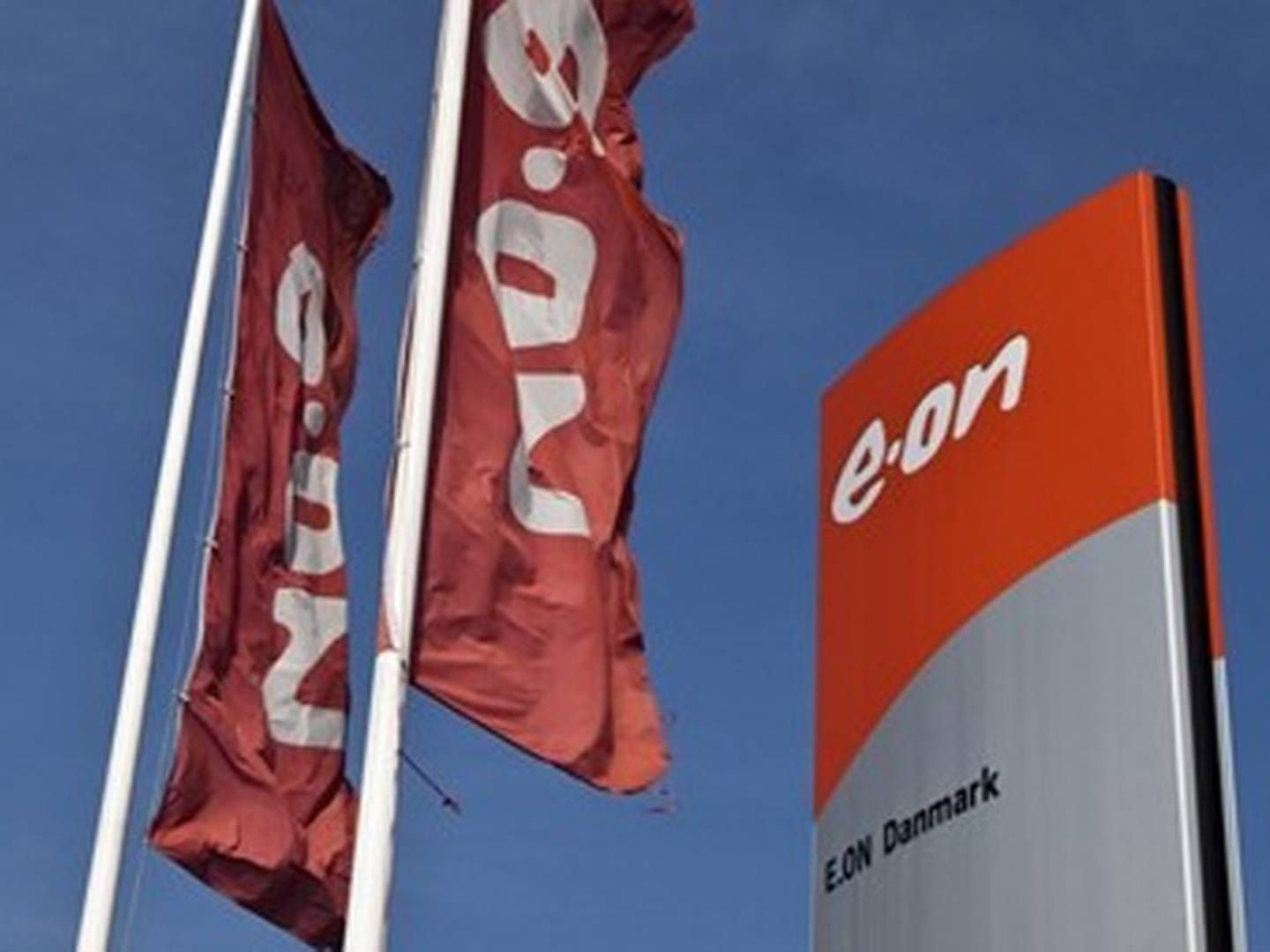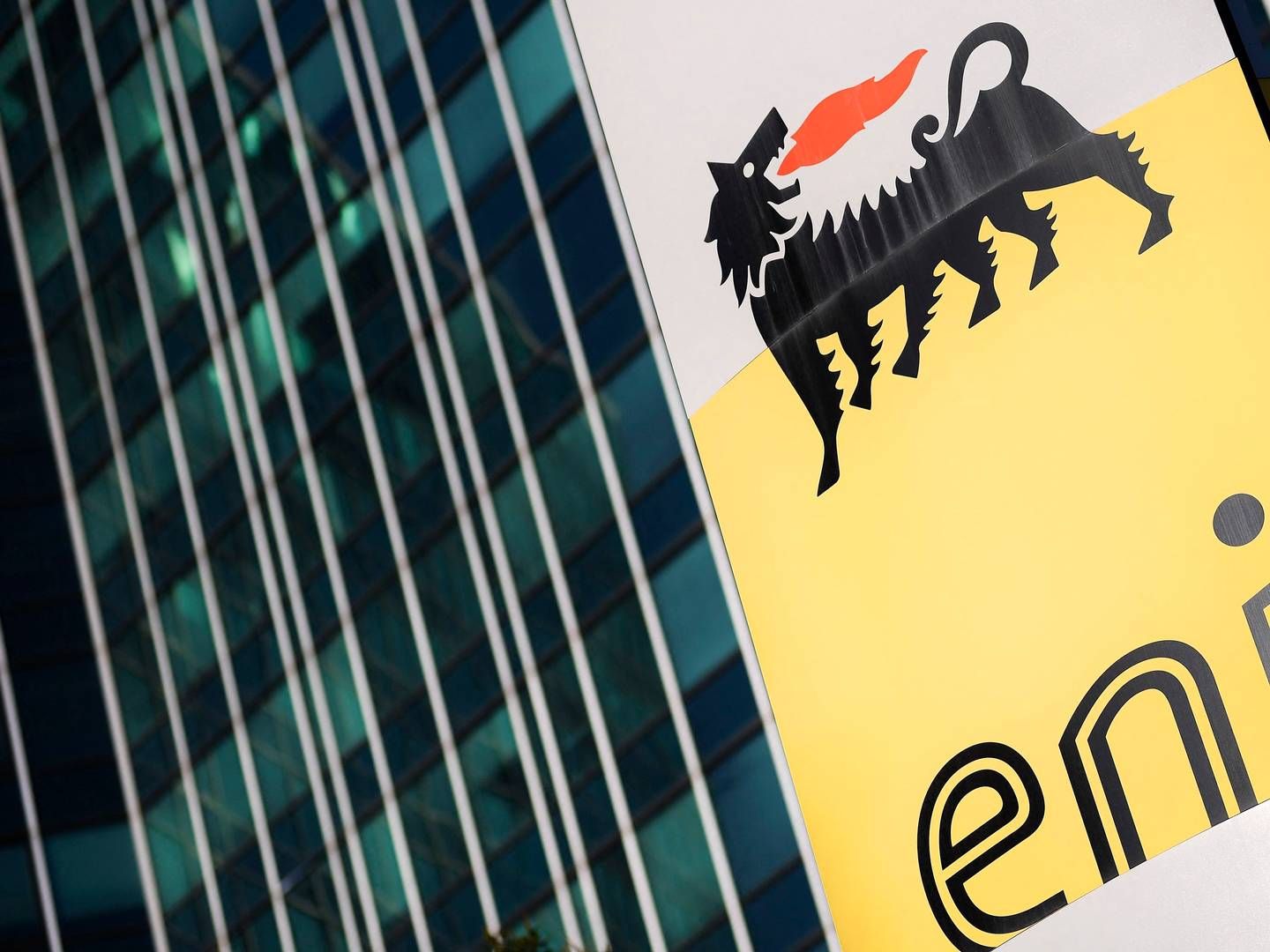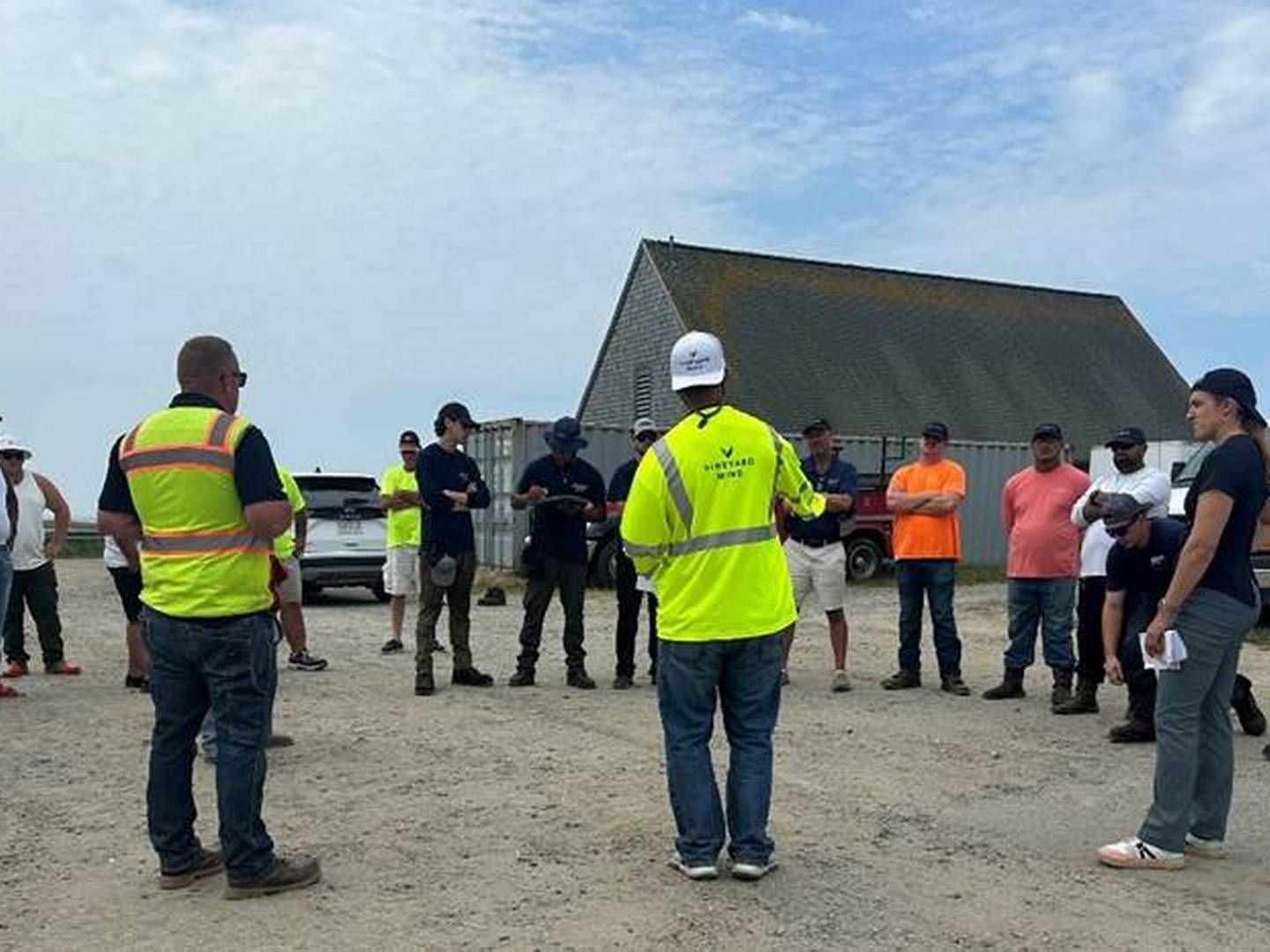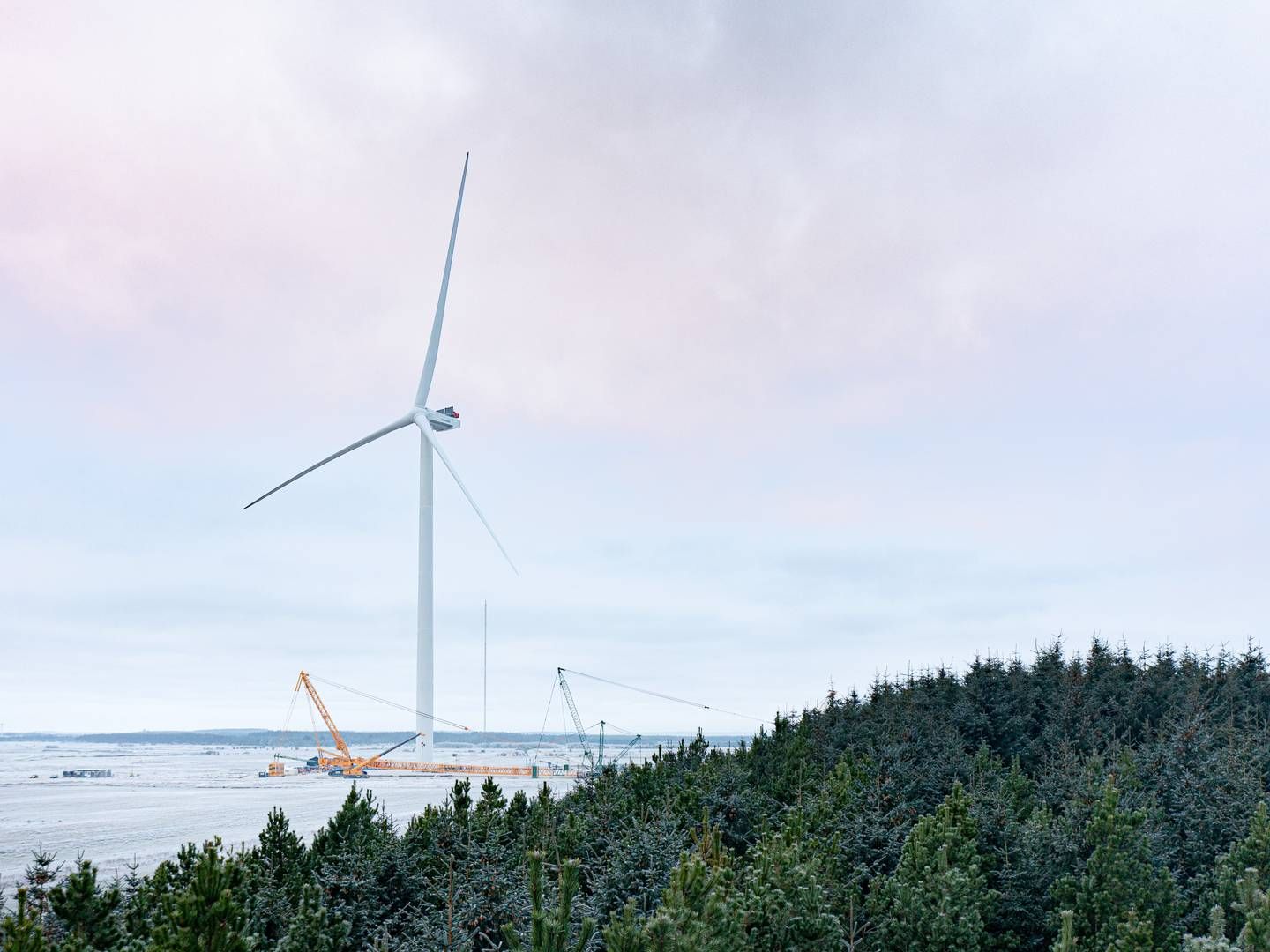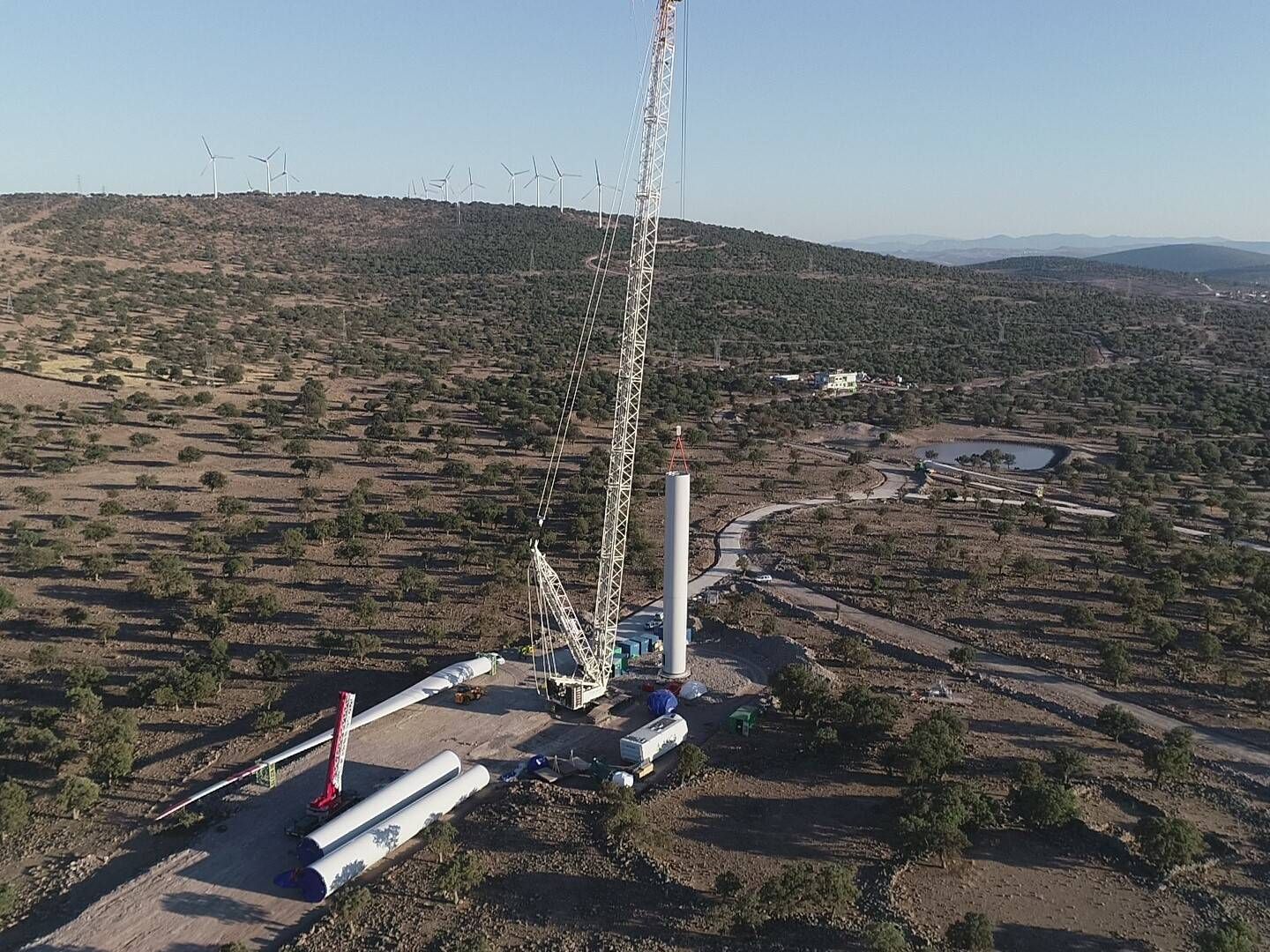Ørsted sees itself struck less hard than rivals
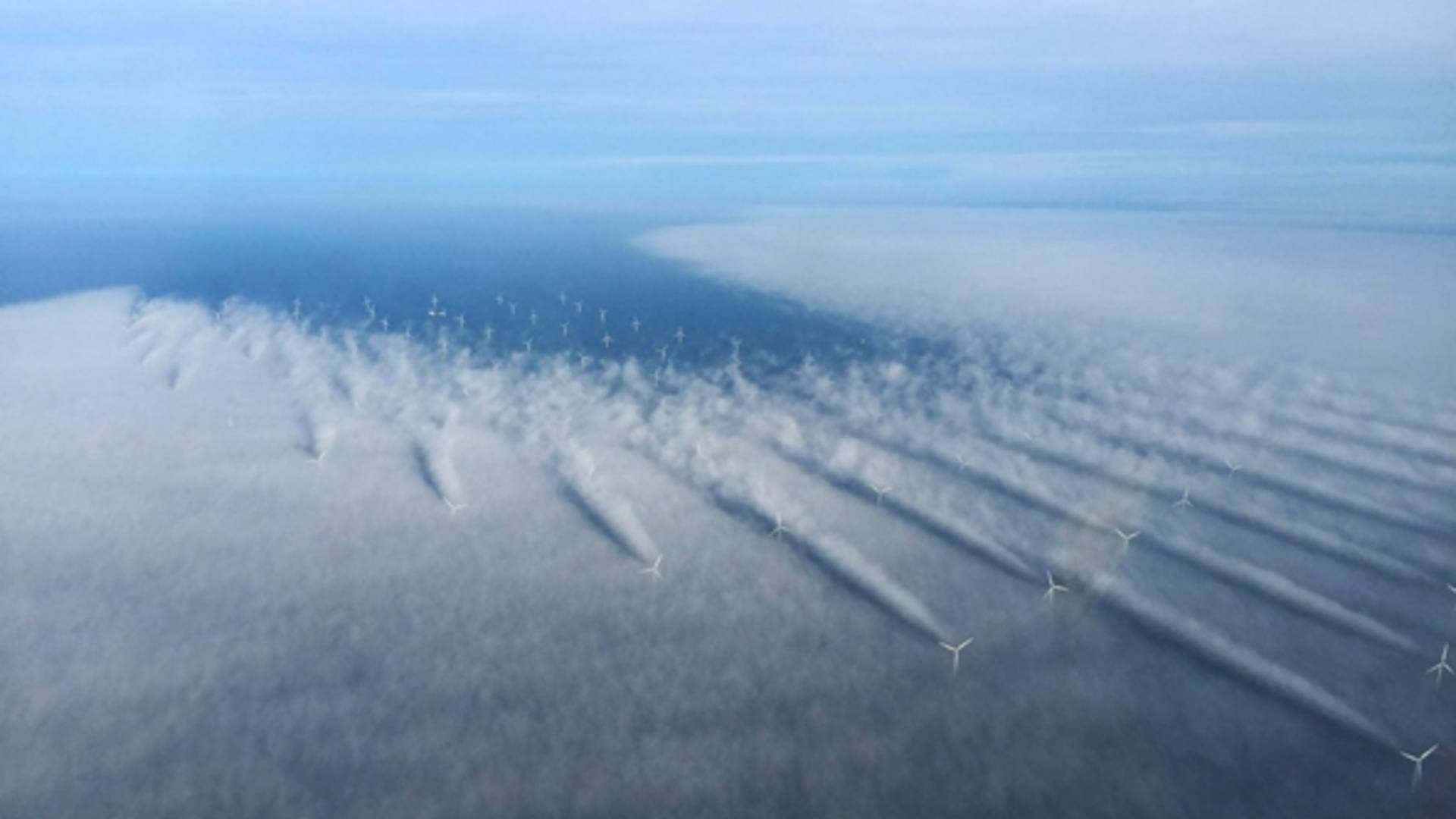
It would be quite fitting to say that Ørsted sent out a wakeup call on Tuesday.
Although this entails more than merely placing greater emphasis on the negative consequences of the wake effect – the turbulence trail caused by wind turbines that degrades wind conditions for other downwind units. The utility also conceded having taken a direct blow from the less frequently mentioned blockage effect – the phenomenon where wind slows slightly ahead of the turbines, reducing generation for front row units – and this has turned out to be a tougher issue than previously estimated.
This upward adjustment of physical impact calculations led to a downgrade of the economic effects. Even though Ørsted's announcement was accompanied by an concession that its projects in Taiwan and the US will be less lucrative due to lower tariffs and higher transmission equipment costs, the machine room's financial revision is at the heart of the systemic set of factors behind the company's reduced 20-year return guidance attached to all the projects won during this last year.
"I'm not at liberty to disclose the split of change to the internal rate of return [IRR] – but a quite significant part of the downward adjustment is attributable to reduced generation," said Ørsted Chief Financial Officer Marianne Wiinholt.
Maturation process
Regardless, this news arrives with punitive timing. Last week, the industry celebrated the International Energy Agency's (IEA) latest report that – for the first time ever – placed offshore wind on the center stage with its special analysis on the technology's practically limitless potential – a report that to a high degree underscores the role of increasingly large and powerful turbines and the mounting power output of offshore wind.
These factors are, of course, not without relevance to Ørsted's disclosure. However, the problems posed by the wake and blockage effects are having more dire repercussions than originally anticipated and will only become more pronounced in step with turbines becoming larger and projects more numerous and dense in regions such as the North Sea.
The CFO was also obliged to invoke the very fact that the industry has otherwise done its best to tone down for investors: that, despite recent years of major growth, the sector is still just a newbie. Wind speeds have only been integrated in financial calculations since 2018, and DNV GL's analysis published in the summer of last year marked the first instance when the consequences of the wake effect really came to light.
"This is a new industry, a very immature industry, and we don't have the same many years of experience as you see with onshore, so we therefore see this as a part of maturing an industry, whereby we gain far more sophisticated views on these effects," Wiinholt says.
Continued basis for larger turbines
To be concrete, Ørsted is downgrading the capacity factor outlook for its offshore wind turbines from 48-50 percent to "approximately 48 percent" – at least for a loosely designated "defined European portfolio" of offshore wind farms and development projects.
Essentially, the capacity factor is a tricky instrument with which to gage. The highest capacity factor pertains aging facilities such as Denmark's Anholt farm in the Kattegat Sea, which, more than anything, is due to the farm featuring far smaller machines than those used for new projects. It's easier to come closer to achieving the full output potential for a 3.6MW turbine than for an 8MW unit under nearly identical wind conditions.
These new figures do not mean, though, that the rationale for deploying larger turbines – nor for that matter, increased capacity expansion – has ceased to apply, Ørsted states.
"I still think there will be a strong rationale for using larger turbines," said Wiinholt, who explained that new estimates incorporate continued construction of new wind farms.
"Our new estimates integrate substantially more capacity, because we expect further build-out due to the industry's fine growth development. There will continue to be a gainful business model in further expansion.
By no means a major setback
From the utility's own perspective, the business model will also be better for itself than for its competitors, because since Ørsted is hardly alone in utilizing wind as an input for their wind turbines, the company is not alone in incurring efficiency losses brought about by the rather rigid laws of Newtonian physics. The CFO also says this underestimation will be more striking among other project developers.
"We believe it's an industry-wide issue. We have benchmarked our production estimates up against external consultants' estimates for many of our wind farms. And we can see that, in general, we have not been above these estimates, quite the contrary; there has been a small deviation in the right direction, so our estimates have been marginally lower," Wiinholt said.
Nonetheless, Ørsted's announcement seems to have a clear consequence: that the site design of offshore wind farms will become increasingly important henceforth and will attune both to updated models of wind conditions and place turbine arrays accordingly. However, and despite Tuesday's news and outlook downgrade, Ørsted is not inclined to unnecessarily exaggerate the long-term consequences for the whole sector.
"Not to talk it down, but for me it's not a major setback for the industry at all. The industry will grow, and we are in a way more competitive than gas and coal. We will see that both offshore and onshore," Wiinholt said and added:
"We still see fine value creation and growth within offshore wind. It's a small adjustment of production estimates."
English Edit: Daniel Frank Christensen
Ørsted downgrades long-term return forecast for offshore wind
Ørsted plans to divest 25 percent of US offshore wind project

